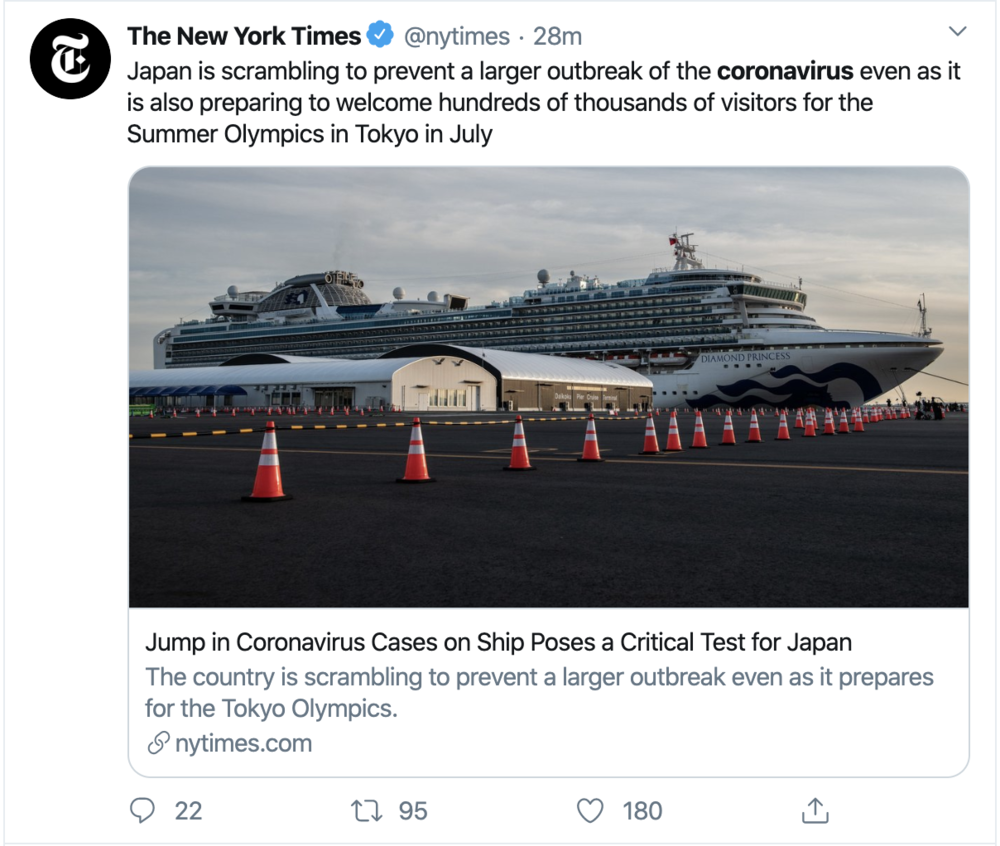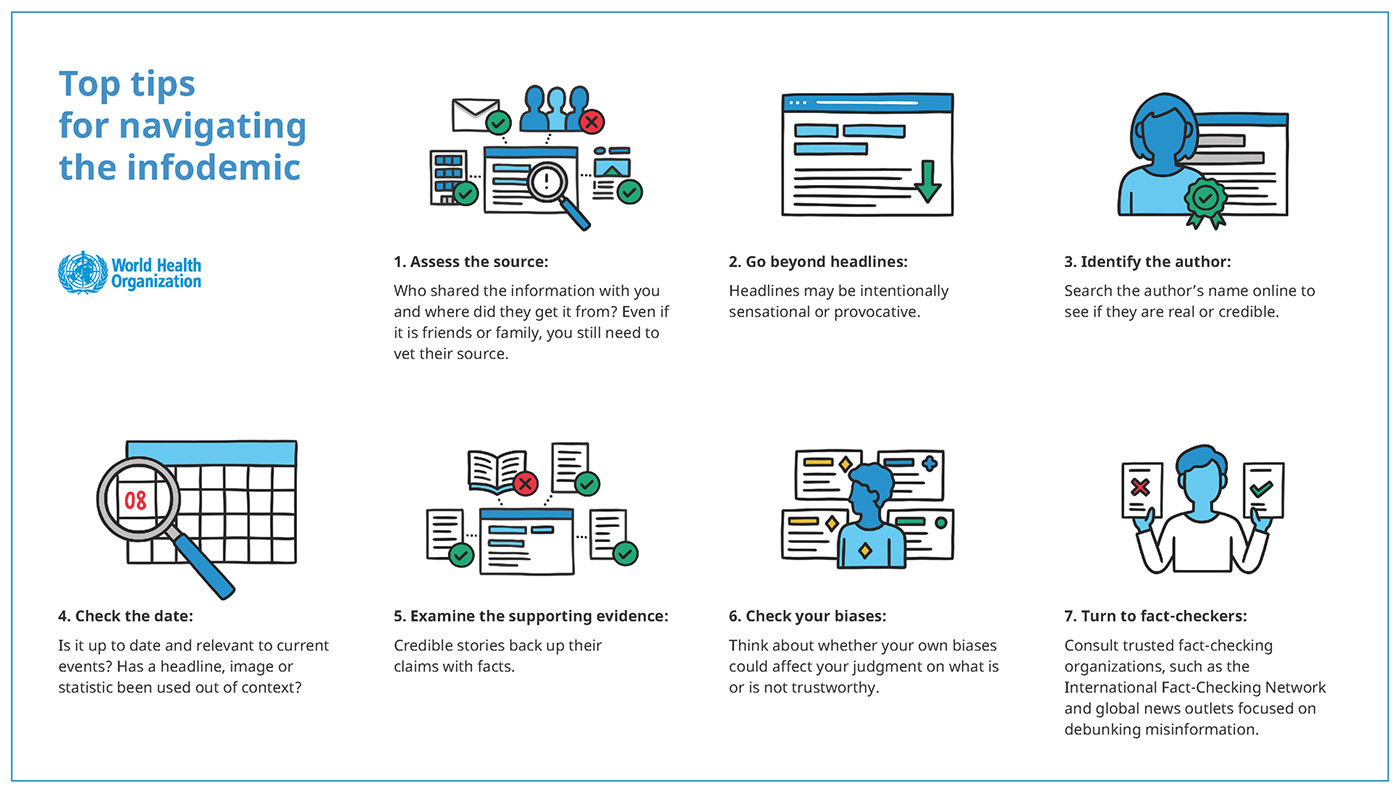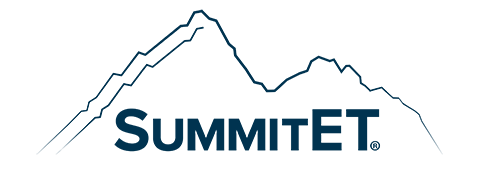On January 30, 2020, the World Health Organization declared the #coronavirus outbreak a global emergency. As confirmed #2019nCoV cases are reported, and increased loss of life continues to make headlines, information about the health crisis has overtaken digital and social media.

Social Media Impact
According to Twitter, as of January 30, 2020, there have been over 15 million tweets on the topic. The spread of misinformation and disinformation is so prolific that big tech is actively trying to combat its voracity.
For example, Facebook is giving ad credits to the World Health Organization and Philippines Department of Health to share information and is also modifying its algorithm when users search for terms related to the outbreak.
YouTube is returning text results when users search for “coronavirus” and other terms related to the outbreak and is also pointing to authoritative video results.
Google is changing its algorithm to point users to verified information sources in search results and indicating when information has been fact-checked. Likewise, Twitter has modified its search results to point to authoritative, local-language information when people search for related terms.
Addressing Misinformation/Disinformation
The viral spread of misinformation and disinformation related to the outbreak also prompted the World Health Organization’s Director to specifically address the impact of rumors and misinformation.
According to the World Health Organization’s Director, Dr. Tedros Ghebreyesus, we must:
- “accelerate the development of vaccines, therapeutics & diagnostics.
- combat the spread of rumours & misinformation.
- review preparedness plans, identify gaps & evaluate the resources needed to identify, isolate & care for cases, & prevent transmission.
- share data, knowledge & experience with WHO & the world.”
The Department of Homeland Security Science and Technology Directorate’s 2018 publication on Countering False Information on Social Media in Disasters and Emergencies found social media information is typically shared with good intent. Researchers identified different characteristics of social media posts that lead information consumers to believe alternative behavior such as those which intentionally propagate malicious agendas with incorrect information include intentional versus unintentional; insufficient information; opportunist disinformation; and outdated information.
Taking Action
If organizations do not take the initiative to develop a foundation of trust and authenticity with stakeholders before a crisis, stakeholders will look to unofficial sources. Likewise, if social media information is not monitored and not corrected in a timely manner, rumors, as well as misinformation and disinformation will run rampant.
The scientific adage that nature abhors a vacuum also pertains to the flow of information during a crisis – even if that information is inaccurate or misleading. If we have learned anything from the #coronavirus outbreak, it is professional communicators must adapt their communication methods to combat the viral spread of misinformation and disinformation on social media.
Read more about how SummitET® is addressing this issue with agency and private organizations. Or, see our workshop on Addressing Misinformation and Disinformation on Social Media.
You can learn more facts about the Corona Virus here.

